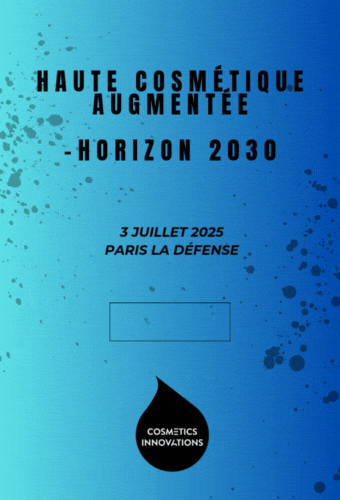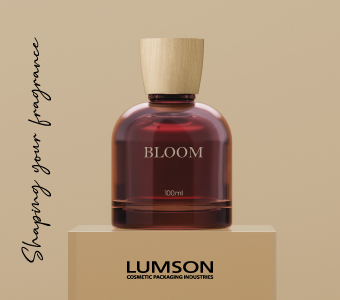Atopic-prone skin strongly affects people well-being
More than 50% of people around the world consider they have sensitive skin. When the skin is sensitive, it develops signs such as redness, itching sensations or dryness that can lead to atopic-prone skin. [1] Recent data shows that in countries where the prevalence of atopic-prone skin is the highest, such as United Kingdom and New-Zealand, it seems to have reached a plateau; but in low-income countries like in Latin America or South East Asia, its prevalence strongly increased in the past years [2].
Local environment characteristics play a major role in prevalence of atopic-prone skin, even if the main factors are still to be identified.
Another study recently published showed that atopic-prone skin strongly affects quality of life, with more than 50% of people feeling limited in their lifestyle and 39% affected through their social interactions [3].
If left unrelieved, atopic-prone skin leads to barrier function disruption and additional negative effects on the skin, such as skin dryness or chronic scaly skin. Even if its origin remains unclear, environmental factors such as pollutants and allergens are amongst the recognized triggers. And the more they are concentrated in the surrounding atmosphere, like in homes, cars, or offices, the more they are likely to initiate reactions. They activate production of an irritation mediator, called IL-4, in the dermis, stimulating eotaxin-1 synthesis, a cytokine that in the end leads to nerve elongation and mast cells degranulation. Skin becomes itchy and irritated, barrier function is disrupted leading allergens to penetrate easily into the skin, and the dermis immune system is dysregulated. Addressing this pathway is a new way to fight atopic-prone skin.
Boosting natural defenses of hypersensitive skin to recover a soothed skin
Synephrine and hesperidin are two molecules that play a major role in regulating the eotaxin synthesis process. Associated with naringin, a flavonoid that decreases histamine release, they can activate natural skin’s immuno-modulation system to efficiently soothe the skin. These three molecules are found in Citrus unshiu, with a maximal concentration of synephrine when the fruit is unripe.
Eosidin is an active ingredient extracted from unripe Citrus unshiu cultivated in Jeju Island, a preserved island from South Korea. Its activity is based on its high concentration in synephrine, to target all the steps of the pollutant-induced irritation process. It significantly relieves atopic-prone skin and improves skin barrier function after only two weeks of application, to rescue cutaneous well-being.
In clinical studies, the SCORAD index that evaluates atopic-skin level was reduced by 50% after 8 weeks of application of Eosidin at 2%, and the skin barrier function was restored with a TEWL decreased by 33%. As a result, the aspect of the skin was visibly improved.




























